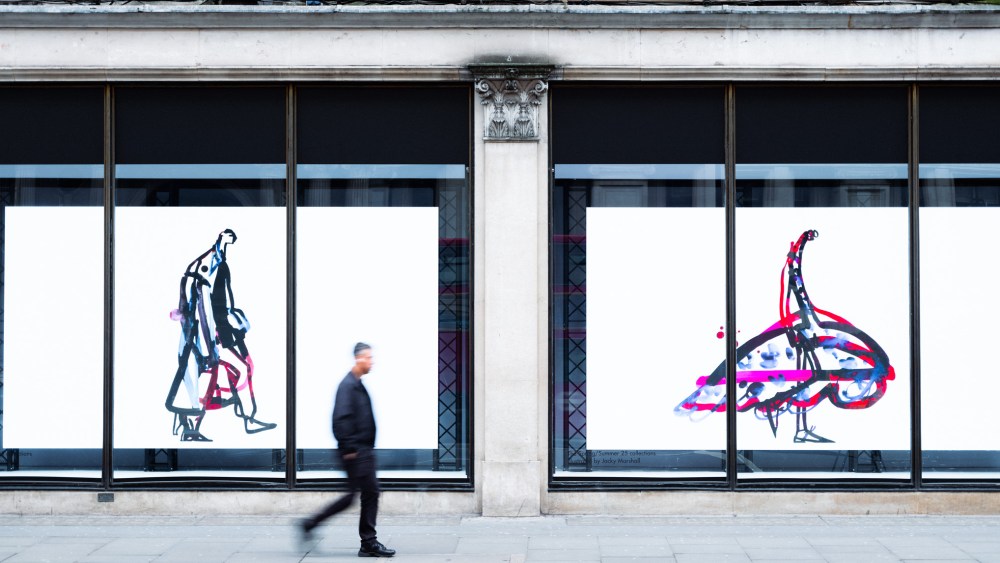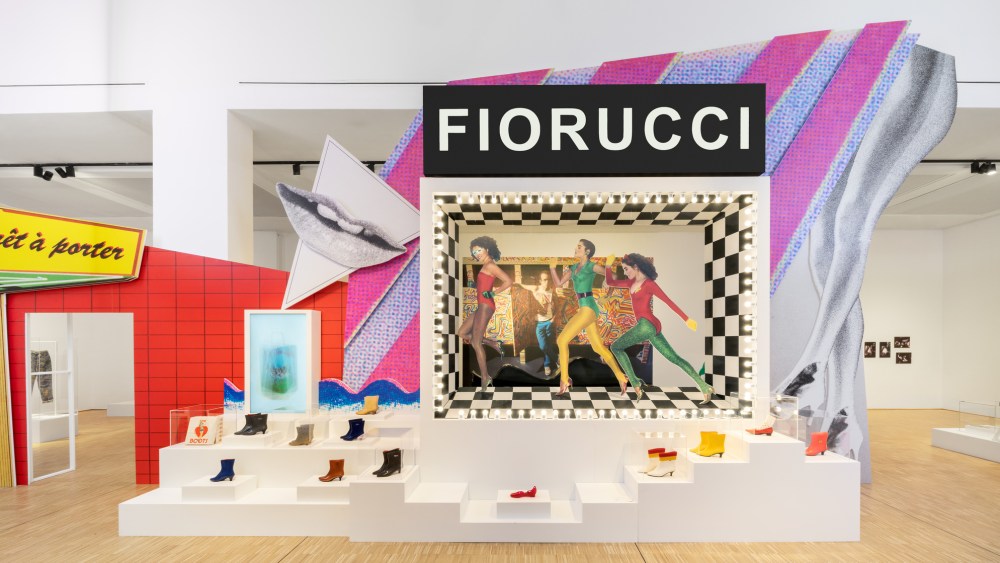LONDON — With luxury and fashion retail in a slump, Harvey Nichols has become the latest big-name British store to upgrade its estate, reorganize business and redirect spending as it gears for better times.
Under new chief executive officer Julia Goddard, the company has begun a three-year transformation program aimed at reestablishing the brand “as a British icon and flagship destination,” fueling growth and returning to profitability.
It has set a major refurbishment of the Knightsbridge flagship, with a focus on enhancing the overall customer experience.
You May Also Like
It is also sharpening its style and beauty offer, with 75 new fashion brands on board this year, and sharpening up its hospitality to “align with the luxury experience our customers expect,” a spokesperson said.
Last year, the company named British stylist and editor Kate Phelan to the new role of creative director. Her appointment was one of Goddard’s first major moves.

Phelan, a well-known industry figure who has worked for Topshop and British Vogue, tapped the illustrator Jacky Marshall, otherwise known as Jacky Blue, to line draw colorful fashion silhouettes, which appear as moving images in the windows of the Harvey Nichols stores.
Harvey Nichols has seven stores in the U.K. and Ireland, in London, Edinburgh, Birmingham, Leeds, Manchester, Bristol and Dublin.
As part of its restructuring efforts, the company plans to terminate certain noncore business activities such as Harvey Nichols-branded food products, hampers and corporate sales. Around 5 percent of the workforce, or approximately 70 roles, will be cut.
According to the most recent numbers filed on Companies House, Harvey Nichols’ losses have been widening. The luxury retailer posted a pre-tax loss of 35.3 million pounds in the year ended March 30, 2024, compared with a pre-tax loss of 21.2 million in the previous year.
Revenue in fiscal 2024 fell slightly to 204.8 million pounds from 216.6 million pounds, due partly to the cancellation of tax-free shopping in the U.K. and tepid demand for luxury goods, especially among Chinese consumers who have been pulling back on spending.
Harvey Nichols is not alone. Last May, Selfridges also announced a restructuring, with layoffs impacting 5 percent of employees, or around 70 jobs.


